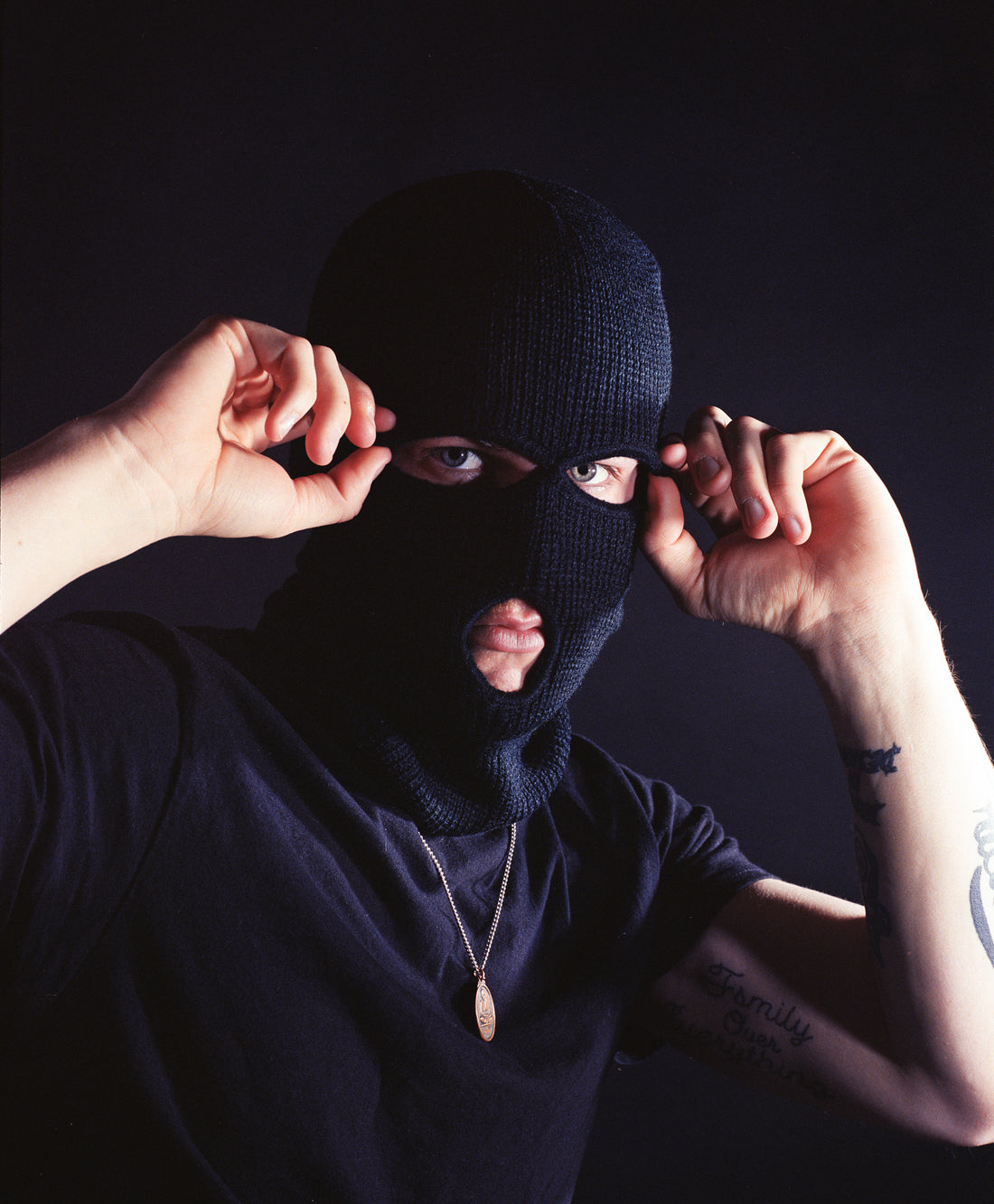
All About Those Scans
Share
Those who don't print in the darkroom, want scans. Even those who do print want some form of base level scans. We took the time to do a full side by side comparison of all the scanning methods used by home users. All these scans are compared to the highest end "gold standard" drum scanning process done here in our lab with a Howtek HiResolve 8000. The drum scan was downsampled to 2400dpi from a 4000dpi scan to make it as level a playing field as possible. This negative is a 6x7 negative from an RZ67 on Portra 400. The flatbed and wet mount scan was completed using a Epson V700 with the stock Epson Scan software and their standard holders. The DSLR scan was captured with a Nikon D800 and a Nikon 50mm Enlarger lens setup on a Beseler Dual Dichro Copy Stand. It was then inverted using ColorPerfect after being linearized in MakeTiff from CFsystems.
This negative was provided by Ben Henault. Check out his feed on instagram @notbenhenault and his website at www.benhenaultphotography.com

Flatbed Scan V700 with 120 Film Holder:

Wetmount Scan V700 with Epson Wetmount Platten:

DSLR Scan:

Drum Scan V Flatbed:


Drumscan V Wetmount:


Drumscan V DSLR:


Flatbed V Wetmount:


The differences are slight but when you want the highest quality scan for preservation, drum scans will 9/10 come out on top. DSLR scanning relies heavily on your setup from the camera sensor, to the lens selection, to the backlight and even the method of holding the camera and negative. This negative lays very flat on its own which helps with this comparison. With a curly negative, flatbed scans with a film holder can be a real nightmare for sharpness. Wet mounting will greatly help with flatness. DSLR scanning has come a long way since its infancy and there are a plethora of holders out there ranging from a cardboard cutout to a several hundred dollar transport.
Time to setup is always a factor here at our lab when scanning. The fastest by far is flatbed scans. We factor all things when we talk about time to scan. DSLR scanning requires a significant amount of time to be spent on the backend to invert all the images. Even products like Negative Lab Pro, you will be spending time at the computer to crop and process each frame. That time spent locked into the computer screen is time that could be spent loading up another film holder or doing other business work. With a flatbed, load it and hit that scan button.
Drum scanning is a time consuming and labor intensive process. Loading a drum takes ~10 minutes regardless if it's 1 frame to be scanned or 10. Scanning time for a 6x7 negative at 4000dpi takes ~10 minutes PER FRAME. The biggest benefit of a proper drum scan over a flat bed is the massive amount of overhead you have for digital post processing. A drum scan can capture all the way down to the silver grain structure of the image. It affords a great latitude to bump exposure values in Lightroom or Photoshop. A flatbed scan completely falls apart if you try to adjust exposure in post editing software. Think of it like shooting RAW vs. JPEG.
The V700 is the workhorse here for 120 film and larger here in our lab. 35mm NEVER preforms well on a flatbed scanner. We have invested in a bank of PrimeFilm XAS scanners that will zip through a full roll of uncut 35mm film at 2400dpi in 25 minutes with no user interaction after feeding the film in.
